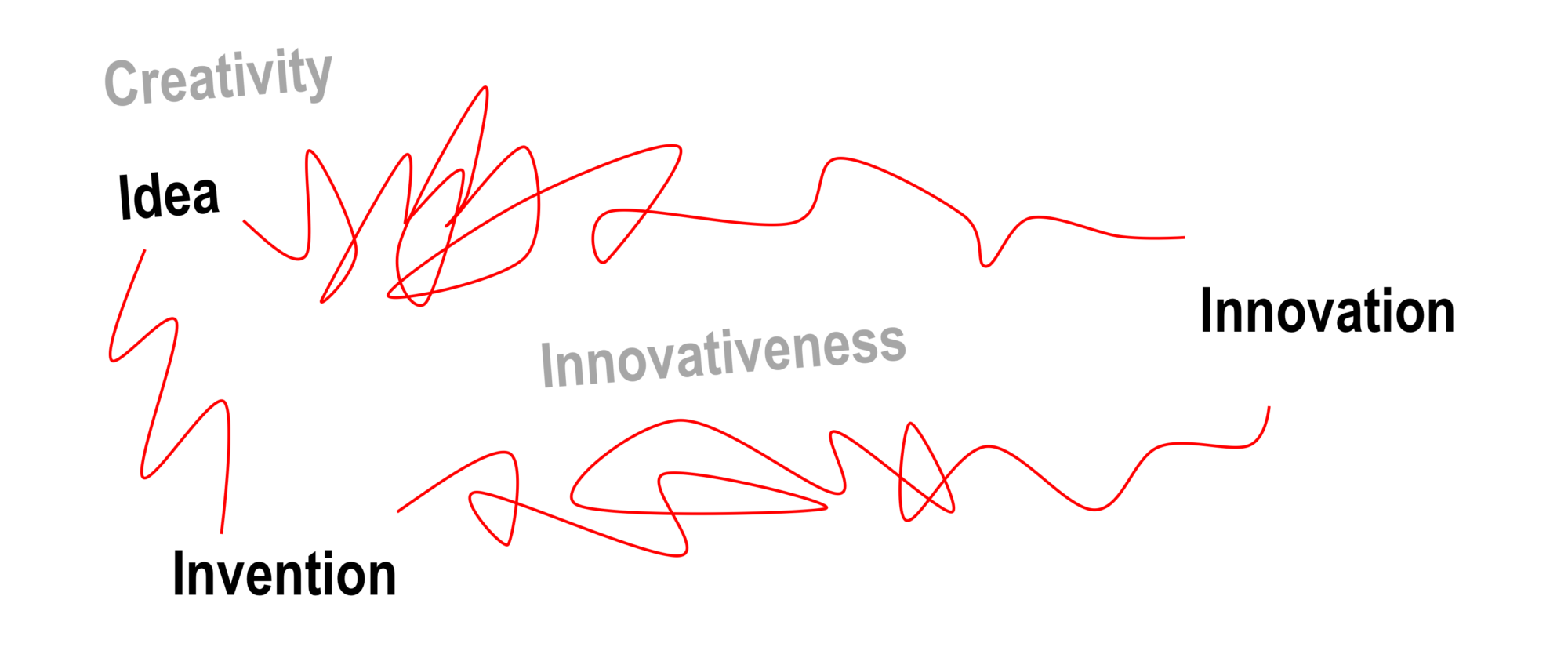We at Design Factory get frequently asked about what is our method. There seems to be a strong assumption that there is a “DF method” that can be summarized in a few clear steps. Our answer – that there isn’t one – seems often to be met with surprise, confusion or even disappointment. So why do we not have a clear-cut method or process… and should we?
Design Factory is about many different things. The original mission of the Future Lab of Product Design, the predecessor to DF was “to educate world’s best product designers”, but DF also aims to boost collaboration across organizational, hierarchical and national boundaries. Our central goals are sparking creative and collaborative development activities, which are driven by passion and intrinsic motivation along with driving change in teaching practices at the university. The premise of educating great product designers and utilizing designerly approaches in various different contexts seems to lead to the assumption that there would be a specific method to creative problem-solving and collaboration that DF is promoting.
Delivering a clear-cut “best practice” process or method is a fair assumption as the practice of design and innovation is a messy one and many companies and institutions in the field of design are doing just that. Modern design research itself is founded on a focus on methods; a long-standing approach to research into design and engineering activity has been to ultimately to strive for a systematic method for improving how design is done.
In addition to inquiries about the DF-method, we often also get asked if we do design thinking. Depending on who you ask, the answer could be “no”, “yes and no”, or “yes with a big disclaimer”. While we make an effort of learning from those who are professionally creative and applying those learnings to practice, design thinking as a concept and the associations that come with it can be problematic.You could say that labelling something as design thinking comes with some baggage.
Design thinking has become to be understood primarily as a stepwise process of human-centred design, most probably at least partially due to a variety of organizations and consultants jumping in to cash in on the hype without proper consideration of what the concept is about. This resulting simplification does not really reflect what the Design Factory or the full spectrum of design approach is about. Contrary to what design thinking often seems to be simplified to, the academic design research has largely moved past focusing on generating ever better methods to explore more diverse perspectives on design activity and ability.
The process-view on design thinking has not gone without criticism. In spite of being a prominent early proponent, Bruce Nussbaum, a professor at Parsons and editor at Businessweek, already declared design thinking as a failed experiment only a few years after the concept in its current connotation rose to public awareness. While Nussbaum saw significant success being made in explicating and formalizing the tacit values and behaviours of design, his claim was that the proponents of design thinking had wandered off to an erroneous direction in order to appeal to the business culture of processes by “packaging creativity within a process format”, which dilutes the concept of its non-process aspects. This reflects the thinking behind Design Factory very well.
Focusing on a clear-cut method or a process often comes at the cost of the more intangible and complex aspects of creativity and co-creation. I would argue that DF is much more about those intangibles than the processes themselves.
Rather than attempting to package our approach into a compact and easily transferable method or process, the Design Factory is open to using different types of processes and formats. We put our emphasis on the mindset, culture, rationale, and behaviors underlying those possible methods and processes. We have labelled it passion-based co-creation, but feel free to put another name on it. Our approach focuses on involving and empowering everyone to get involved, promoting intrinsic motivation, creating a shared will and language along with an understanding of a variety of tools and approaches that could be used.
This is not to say that methods are without a use in development efforts. While any single method or process isn’t likely to be a turnkey solution for all possible contexts, they have their place and function. Looking at comparative studies on ideation methods for example, it would seem that as a general rule, using any decent method is better than no method at all. Also, while the official process descriptions rarely match what happens in reality very precisely, they definitely aren’t without prescriptive or descriptive benefits.
Just keep in mind that culture eats process for breakfast.
Hungry for more right now? Our community has gathered the building blocks for passion-based co-creation (which is, in a nutshell, a way of experimenting to create something new together, sprinkled with a hefty dose of intrinsic motivation) in a handy book. Read it here, and come celebrate with us on the 5th of December at Design Factory!
 Aalto DF
Aalto DF